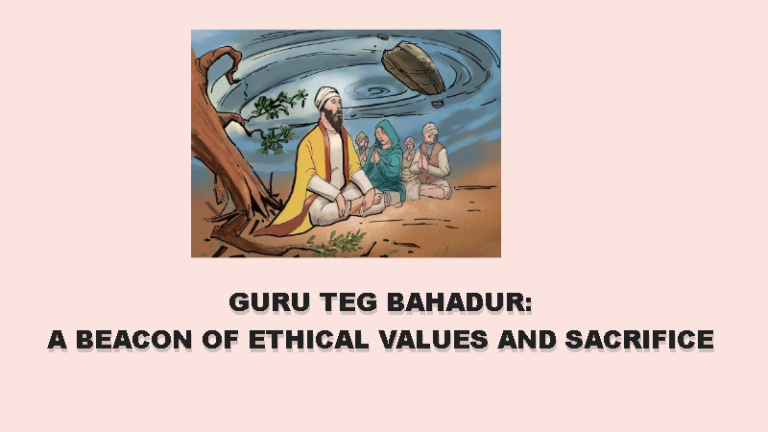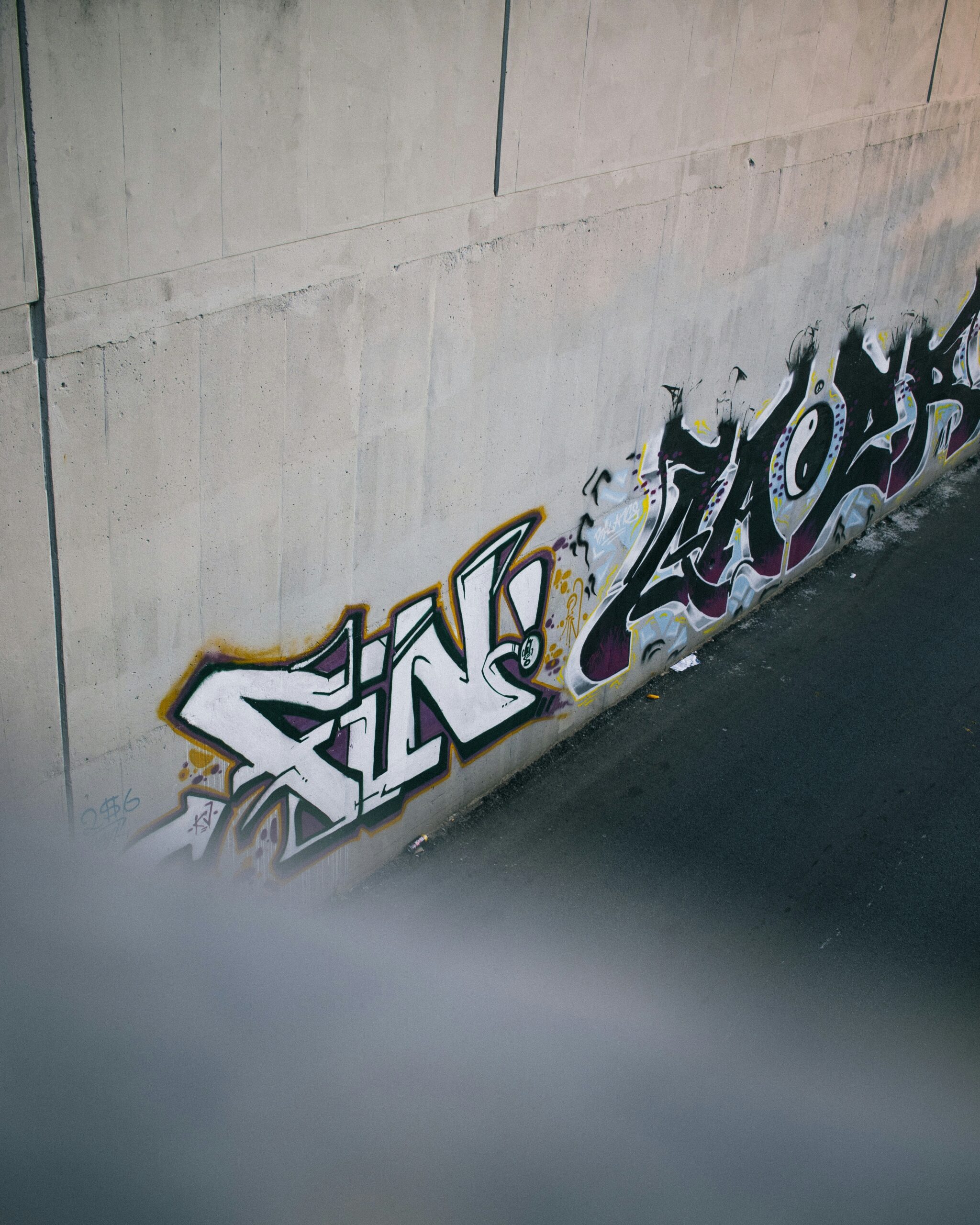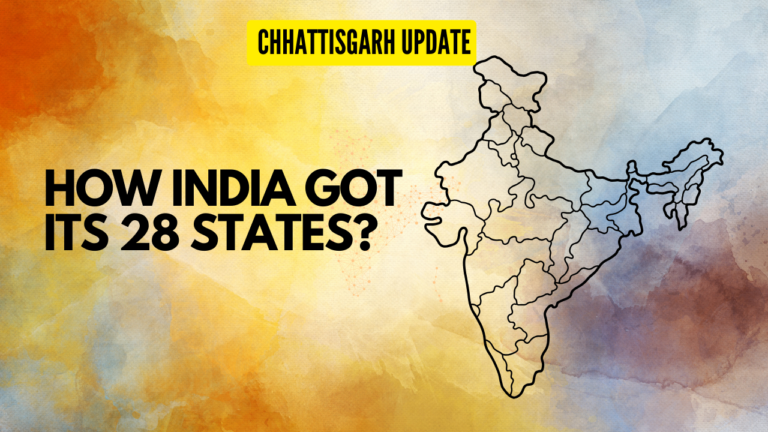In the annals of the Bhakti movement, Meera Bai stands out as a luminary, a poet-saint whose verses resonate with profound devotion to Lord Krishna. Born in 1498 to Rajput King Ratan Singh in Jodhpur, Rajasthan, her life unfolds as a saga of spiritual dedication and social rebellion. Let’s delve into the life, poetry, and legacy of this remarkable saint, exploring the broader canvas of the Bhakti movement that shaped her era.
Early Life and Marriage:
Meera Bai’s journey begins in the lap of royalty. Born into the illustrious Rajput clan, she was destined for a life of privilege. However, her destiny took an unexpected turn when she was married to Bhoj Raj, the son of Rana Sanga and prince of Mewar, in 1516. Tragically, Bhoj Raj passed away in 1521, altering the course of Meera Bai’s life forever.
Devotion to Lord Krishna:
Meera Bai’s true calling was revealed through her deep devotion to Lord Krishna, whom she considered her divine spouse. Refusing to be confined by the constraints of the royal household, she embarked on a spiritual pilgrimage to Brindavan, a place intimately associated with the life and lore of Lord Krishna. It is said that she spent her final years in Dwarka, immersed in the divine love that fueled her poetic expressions.
Compositions:
Her poetic compositions, predominantly in the Rajasthani dialect of Hindi and Braj, serve as timeless hymns of devotion. “Mere to giridhar gopal” and “Paayoji maine Ram Ratan dhan paayo” are among her most celebrated works. The universality of her spiritual expressions is evident as her poems have transcended linguistic boundaries; translations by poets like Robert Bly and Jane Hirshfield in “Meerabai: Ecstatic Poems” bring her verses to a global audience.
Social Reformer:
Meera Bai’s life was not confined to the realm of poetry and devotion; she emerged as a social reformer challenging prevailing norms. A disciple of Saint Ravidas, who himself hailed from a caste considered “untouchable,” Meera Bai defied societal expectations for princesses and widows. Her pursuit of religious truth stood as a testament to the transformative power of genuine devotion, transcending barriers of caste and social hierarchy.
The Bhakti Movement:
To comprehend Meera Bai’s significance, it is essential to contextualize her within the broader canvas of the Bhakti movement. Bhakti, meaning personal devotion to God, was a revolutionary approach that advocated attaining God through love and devotion rather than rigid adherence to rules or societal structures. In North India, this religious movement thrived between 1300 and 1550 A.D., leaving an indelible mark on the cultural and spiritual landscape.
Saguna and Nirguna Bhakti:
The Bhakti movement is categorized into two branches: Saguna Bhakti, which involves worshiping deities with anthropomorphic forms like Shiva, Vishnu, and goddesses, and Nirguna Bhakti, centered around the worship of an abstract form of God. Meera Bai exemplifies Saguna Bhakti, with her unwavering devotion to Lord Krishna.
Prominent Bhakti Saints:
The Bhakti movement witnessed the rise of several luminaries who transformed the religious and social fabric of their times. Guru Nanak, Tulsidas, Kabirdas, Ravidas, and Surdas, among others, left an indelible mark on this spiritual journey. Each saint contributed unique perspectives, fostering a collective spirit of devotion and inclusivity.
Conclusion:
Meera Bai’s life and poetry symbolize the essence of the Bhakti movement—a movement that transcended societal norms and emphasized the universality of devotion. Her journey from royalty to renunciation, from a princess to a poet-saint, mirrors the transformative power of genuine spiritual love. As we reflect on the Bhakti movement and its profound impact on Indian culture, Meera Bai’s legacy continues to inspire generations, reminding us that true devotion knows no boundaries.






